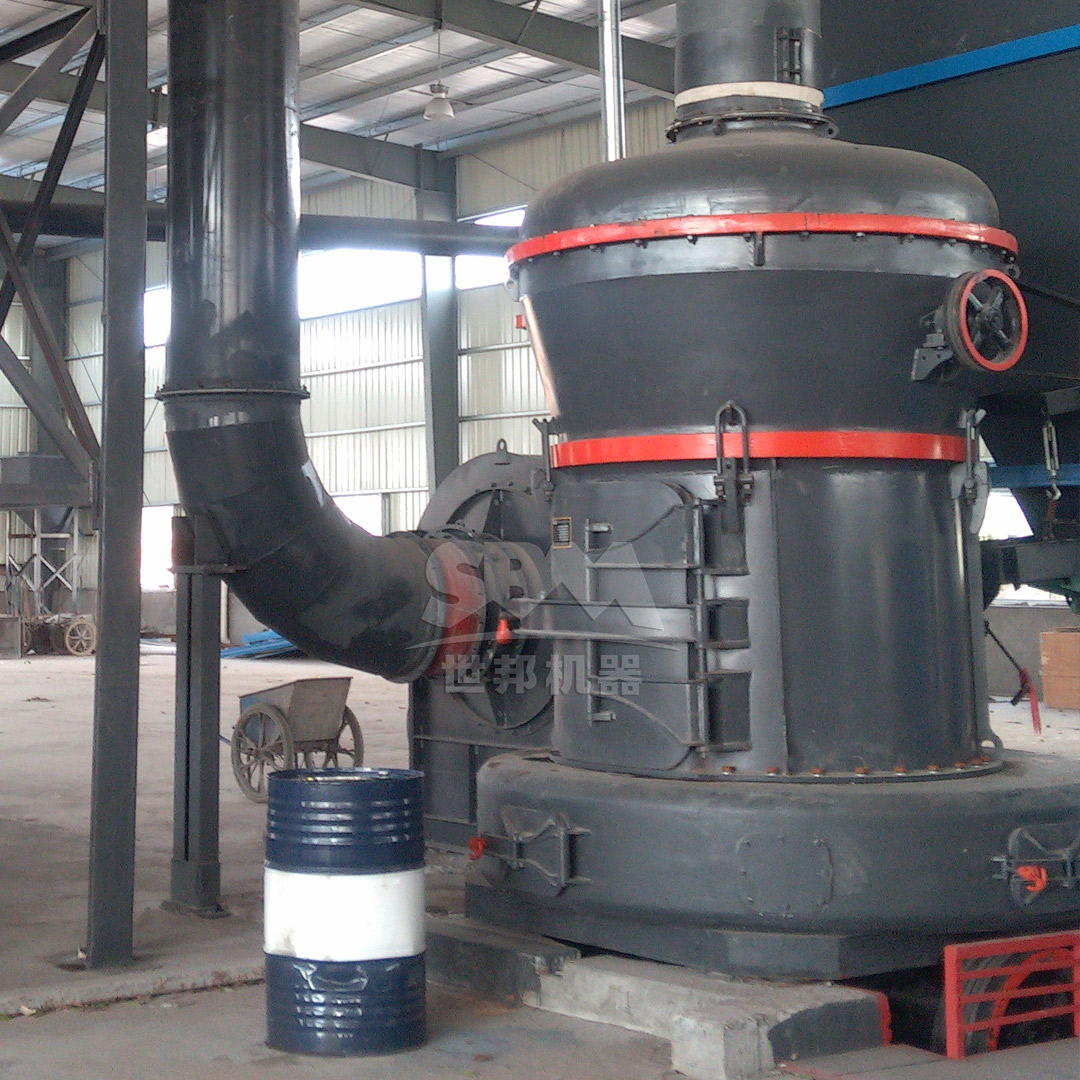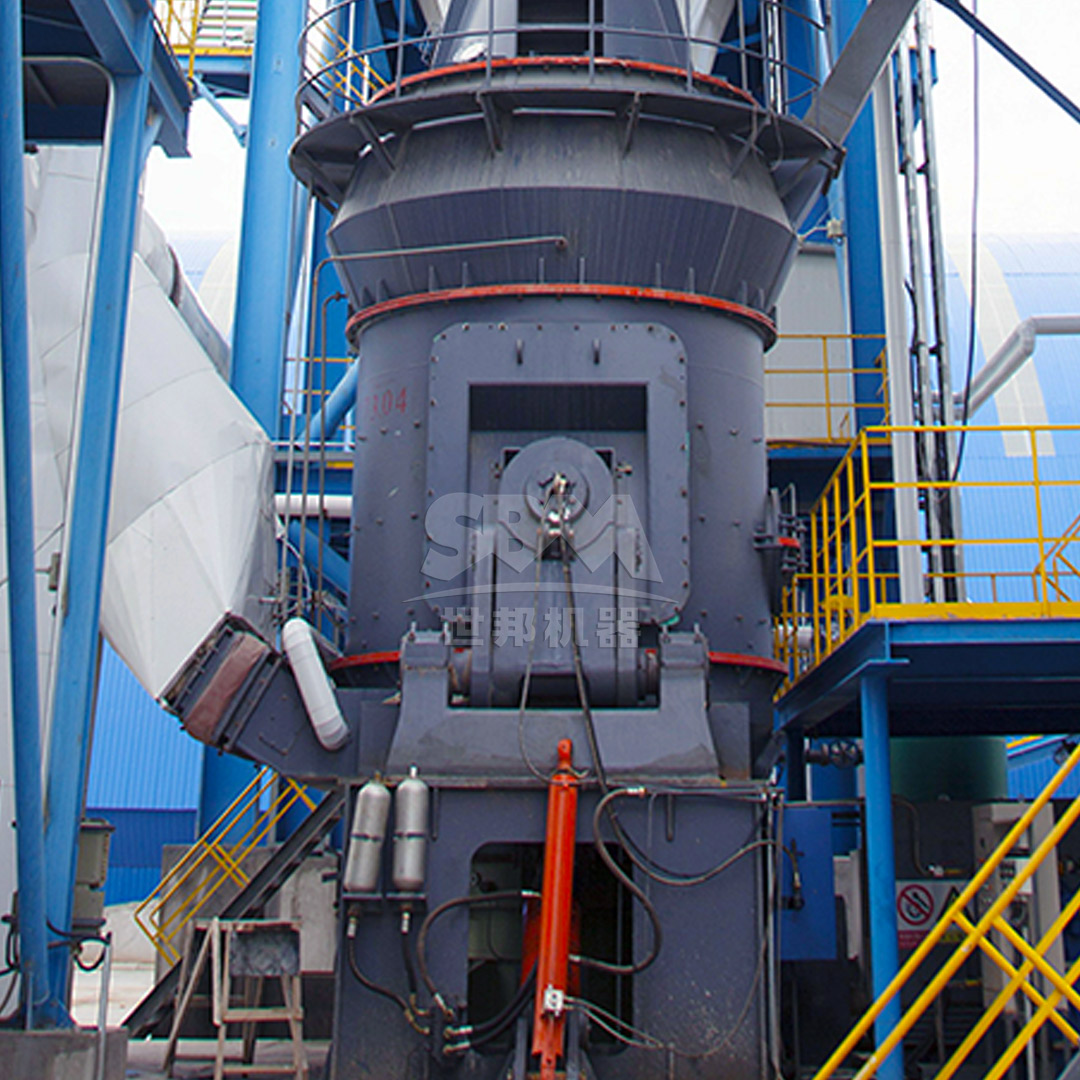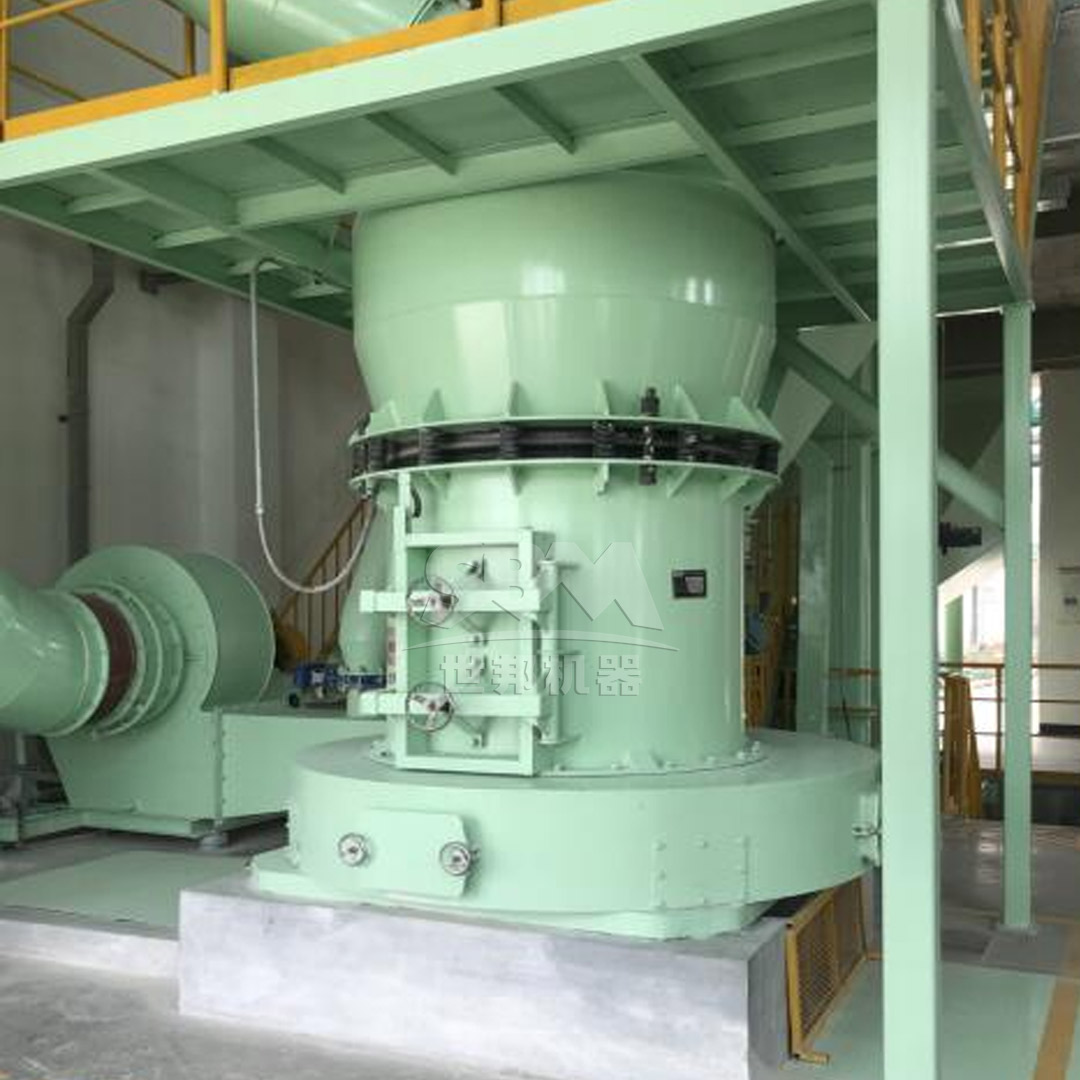Coal pulverizing equipment plays a critical role in the steelmaking industry, particularly in blast furnace operations where pulverized coal injection (PCI) is a standard practice to reduce coke consumption and lower production costs. This article explores the importance of high-performance coal grinding mills, their impact on steel quality and operational efficiency, and key considerations for selecting the right pulverizing system for modern steel plants. We’ll examine various mill types, including vertical roller mills and ball mills, their maintenance requirements, and how proper coal fineness and consistency contribute to optimal combustion and reduced emissions in the steel production process.
Pulverized Coal Injection (PCI) technology has revolutionized blast furnace operations by enabling the partial replacement of expensive metallurgical coke with finely ground coal. This substitution not only reduces production costs by 10-15% but also decreases the environmental footprint of steel manufacturing. The efficiency of PCI technology is directly dependent on the quality of coal pulverization, where particle size distribution, fineness, and consistency play crucial roles in combustion efficiency and furnace performance.
Optimal PCI operation requires coal particles with specific characteristics: typically 70-80% passing through 200 mesh (74 microns) with minimal oversize particles. This precise size distribution ensures complete combustion within the raceway zone of the blast furnace, maximizing heat transfer efficiency while minimizing unburned carbon that could disrupt furnace operations.
Effective coal pulverization for PCI applications demands equipment that can consistently deliver several critical parameters:
| Parameter | Optimal Range | Impact on Blast Furnace Operation |
|---|---|---|
| Particle Size (D80) | 45-75 microns | Combustion efficiency, flame temperature |
| Moisture Content | <2% | Injection stability, energy content |
| Throughput Capacity | 20-100 t/h | Blast furnace size matching |
| Grinding Efficiency | <25 kWh/t | Operating costs, energy consumption |
Modern pulverizing systems must also accommodate varying coal characteristics, from bituminous to anthracite coals, each with different grindability indices and moisture contents. The equipment must maintain consistent performance despite these variations to ensure stable blast furnace operation.

Among various grinding technologies, vertical roller mills (VRMs) have emerged as the preferred solution for PCI coal preparation due to their superior energy efficiency, compact design, and excellent particle size control. VRMs operate on the principle of bed comminution, where material is ground between a rotating table and rollers under hydraulic pressure.
The advantages of VRMs for coal pulverization include:
For steel plants seeking advanced pulverizing solutions, our LM Series Vertical Roller Mill represents the cutting edge in coal preparation technology. Specifically designed for PCI applications, this mill series offers exceptional performance characteristics:
| Model | Grinding Capacity (t/h) | Main Motor Power (kW) | Output Fineness (R0.08mm) | Feed Size (mm) |
|---|---|---|---|---|
| LM130M | 10-17 | 185 | 5-20% | <38 |
| LM150M | 16-22 | 250 | 5-20% | <40 |
| LM170M | 20-30 | 315 | 5-20% | <42 |
| LM190M | 26-40 | 400 | 5-20% | <45 |
| LM220M | 35-50 | 500 | 5-20% | <50 |
The LM series incorporates several patented technologies including modular roller assembly for quick replacement, dynamic classifier for precise particle size control, and heat circulation systems that reduce energy consumption by 30-40% compared to traditional ball mills. Its intelligent control system automatically adjusts operating parameters to maintain consistent product quality despite variations in feed material characteristics.

Modern coal pulverizing equipment incorporates sophisticated control systems that continuously monitor and adjust operational parameters. These systems measure multiple variables including motor current, grinding pressure, material bed thickness, temperature, and airflow to optimize mill performance.
Key control strategies include:
These advanced control systems ensure that the pulverized coal consistently meets the strict quality requirements for PCI operations, contributing to stable blast furnace performance and reduced coke rates.
Reliable operation of coal pulverizing equipment requires careful attention to maintenance practices. Wear parts including grinding rollers, table liners, and classifier blades must be regularly inspected and replaced according to established schedules. Modern VRMs are designed with maintenance-friendly features such as:
Proper maintenance not only ensures reliable operation but also maintains energy efficiency and product quality over the equipment’s lifespan.
Modern coal pulverizing systems incorporate comprehensive environmental controls to minimize dust emissions and noise pollution. Pulse-jet baghouse filters with efficiency exceeding 99.9% ensure that particulate emissions remain well below regulatory requirements. Additionally, sound enclosure designs reduce noise levels to below 85 dB, creating a safer working environment.
The integration of grinding and drying operations within a single system also reduces overall energy consumption, contributing to lower greenhouse gas emissions per ton of steel produced.

The evolution of coal pulverizing technology continues with several emerging trends:
For operations requiring ultra-fine pulverization for specialized applications, our SCM Ultrafine Mill offers exceptional capabilities with output fineness reaching 325-2500 mesh (D97 ≤ 5μm). While primarily designed for non-metallic minerals, this technology demonstrates the cutting edge in grinding precision with energy efficiency improvements of 30% compared to jet mills.
The selection and operation of coal pulverizing equipment significantly impact the efficiency, cost, and environmental performance of blast furnace operations. Vertical roller mills, particularly advanced designs like our LM series, offer the best combination of energy efficiency, product quality, and operational reliability for PCI applications. As steel producers face increasing pressure to reduce costs and environmental impact, investing in modern pulverizing technology becomes increasingly important for maintaining competitive advantage in the global steel market.
By understanding the technical requirements and available technologies, steel plant operators can make informed decisions that optimize their pulverized coal injection systems, contributing to more sustainable and profitable steel production.